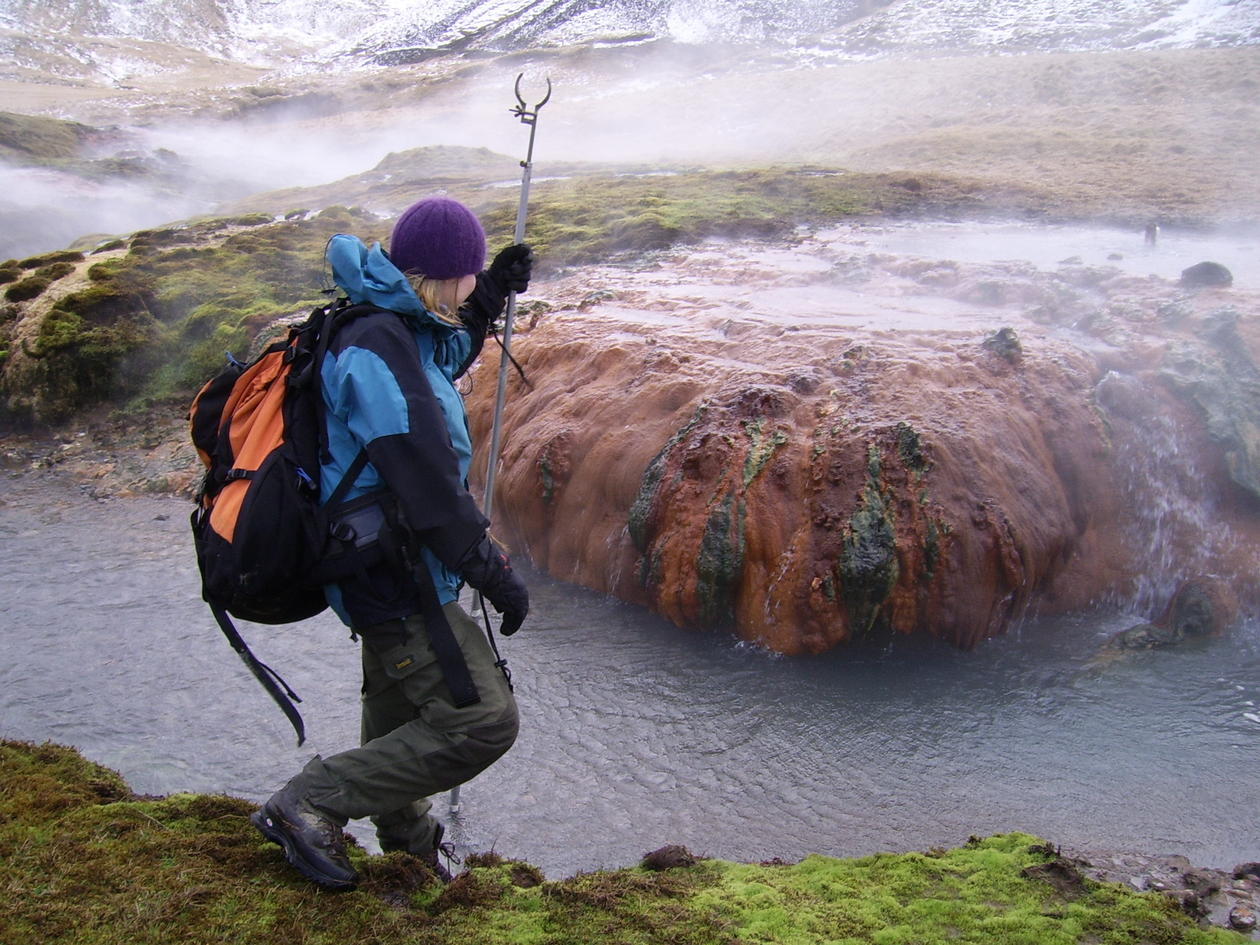Research Overview
See what projects the Life in Extreme Environments & Roots of Life theme is working on now! (Updated June 2014)

Hovedinnhold
Life in extreme environments and roots of life
Hydrothermal vent ecosystems are driven by the chemical energy available when reduced fluids mix with seawater. The redox gradients developing in this process create the basis for chemosynthetic food-webs and hot spots for biological activity are formed. Although the oceans on early Earth where anoxic, it is likely that the total redox range of modern hydrothermal vent fields in today’s oxygenated oceans include those present in Early Earth systems. Hydrothermal vent ecosystems thus provide unique windows into microbial metabolisms that operated in deep time and insights into the roots of life. Despite exposure to extremes in pressure, temperature, salinity and fluxes in nutrient availability, a richness of microbial life is found at hydrothermal vents indicating that they thrive under seemingly harsh environmental conditions. In this theme we focus on understanding how microbial diversity is affected by formation of different energy landscapes through variations in fluid compositions in hydrothermal vents; if closely related ecotypes respond differently to variations in environmental conditions; and if viruses influence the dynamics of the microbial communities.
A major focus is also on unraveling new and detailed knowledge of the biochemistry and metabolic properties of hydrothermal vent microorganisms by whole-genome transcriptome analyses of model organisms by genomics and metagenomics and through cultivation of novel microorganisms. This year at the Centre we have advanced our understanding of the functioning of microbial communities in diffuse hydrothermal venting sediments. An integrated “meta-omics” approach yielded insights into the functioning of the major microbial taxa in this community and indicated that the dominant genera Sulfurimoans and Sulfurovum were the most important primary producers in the sediment utilizing the high concentration of hydrogen sulphide present in the venting fluids. We have revealed that the use of in situ growth chambers results in microbial communities dominated by yet uncultivated microbial lineages several of which we have reconstruct near complete genomes using metagenomics. We thus have obtained data that may impact our understanding of the diversity of metabolic pathways operating in deep time and provide clues to biochemical adaptations to extreme environmental conditions. The genetic reservoir created will also form the basis for discovery of enzymes of biotechnological relevance and create a solid foundation for the national biotechnological pipeline that the research theme is part of through the NorZymeD-project. This project focuses on developing a biotechnological pipeline that will enable Norwegian Industry to use the genetic reservoir from AMOR directly. Finally, we are advancing our understanding the microbial processes of bio-corrosion by isolation and whole-genome sequencing of the main species involved.
